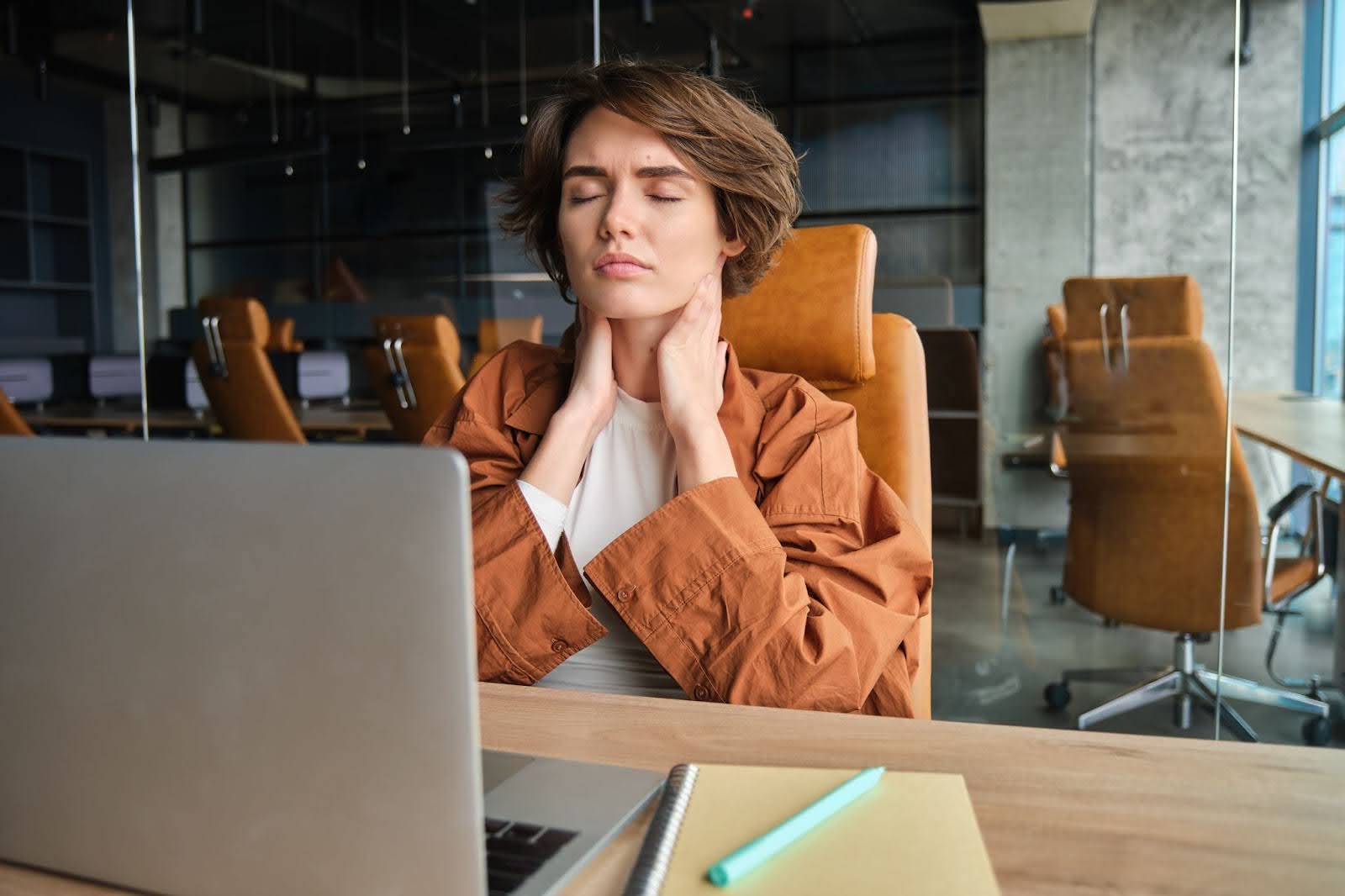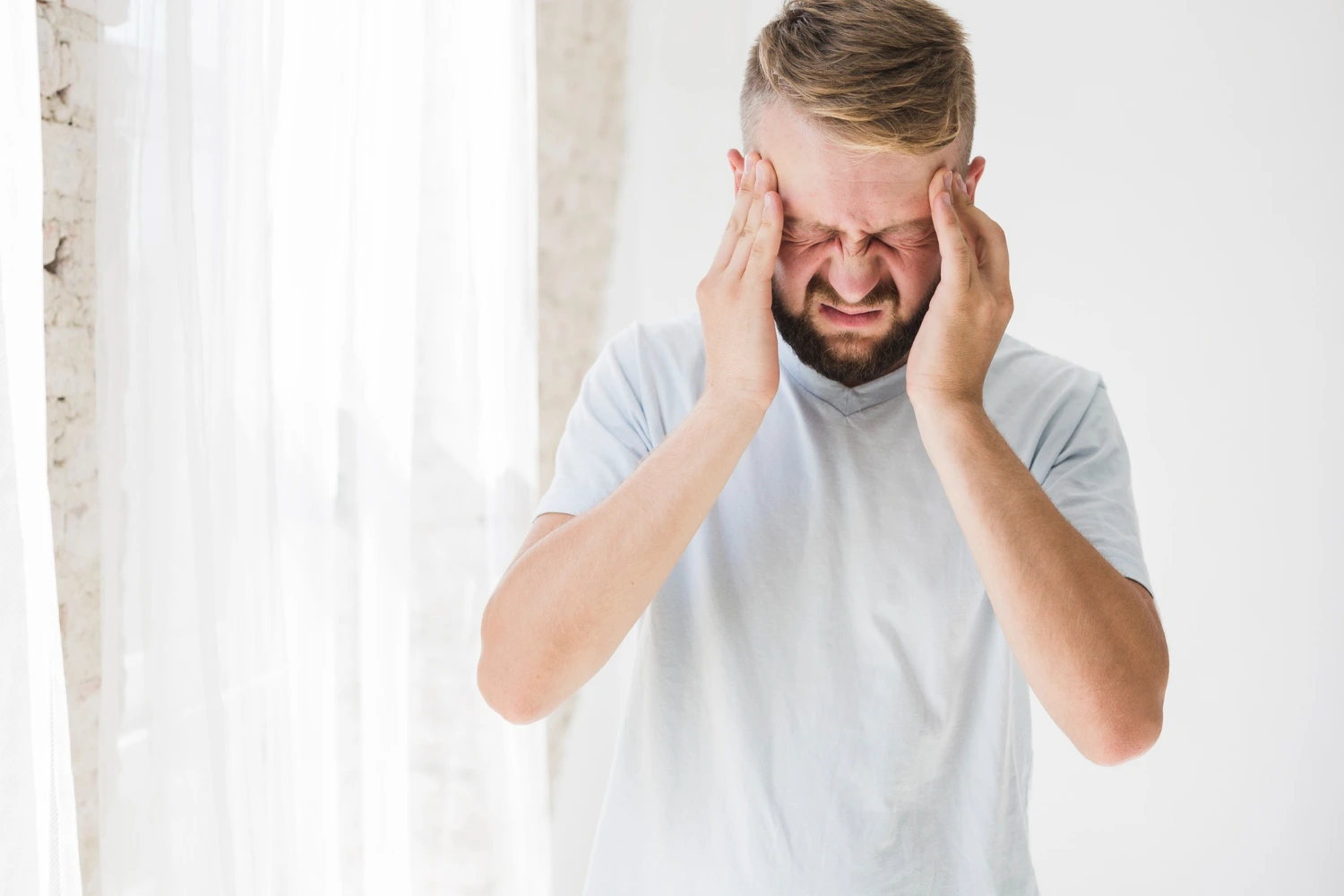Back pain is one of the most common health problems worldwide. For example, lower back pain will affect up to 80% of US adults at some point in their lives. [1] The intensity and location of back pain symptoms can vary widely, from mild discomfort to disabling pain that interferes with daily life.
Back Pain Overview
Back pain is not a single condition. There are many reasons for back pain, and symptoms often depend on which part of the spine or muscles are affected. Some people experience spine pain in specific positions, while others feel muscle back pain after heavy lifting. For others, chronic back pain symptoms can persist for months, interfering with work and daily activities.[2]
Understanding what causes back pain and how symptoms present in different situations is the first step to treatment and prevention.
Types of Back Pain
Doctors classify back pain in several ways, most commonly by duration, mechanism, and underlying cause.
By duration:
- Acute back pain: lasts less than 6 weeks.
- Subacute back pain: persists for 6 to 12 weeks.
- Chronic back pain: continues for 12 weeks or longer.
- Recurrent back pain: comes and goes in cycles. [2]
By mechanism of pain:
- Nociceptive (musculoskeletal) pain: caused by injury, strain, or inflammation of muscles, ligaments, or joints.
- Neuropathic pain: results from irritation or compression of nerves, such as sciatica.
- Nociplastic pain: from altered pain processing in the nervous system, often widespread and persistent (e.g., fibromyalgia).
Recognizing the type of back pain is the first step toward accurate diagnosis and effective treatment. [3]
Back Pain Symptoms
Back pain symptoms can feel very different depending on whether they come from muscles, joints, nerves, or internal organs. Symptoms may vary in intensity, duration, and location, but often include:
General Sensations:
- Dull, aching pain: persistent or intermittent discomfort in the back.
- Sharp or stabbing pain: sudden, intense sensation that may limit movement.
- Burning or shooting pain: discomfort that feels like heat or electricity.
- Cramping or spasms: involuntary tightening of the back muscles.
- Stiffness: reduced ability to bend, twist, or move normally.
Neurological Symptoms of Back Pain:
- Tingling or “pins and needles” in the back, buttocks, or legs.
- Numbness in specific areas of the back or lower extremities.
- Weakness in the arms or legs.
- Radiating pain that extends into the legs, hips, buttocks, or shoulders.
Situational Symptoms of Back Pain:
- Pain that worsens with movement such as bending, sitting, or standing for long periods.
- Back pain when lying down or at night that interrupts sleep.
- Pain triggered by coughing, sneezing, or laughing.
- Constant or chronic back pain that does not improve over time. [2] [4]
Back Pain Location
The location of discomfort often provides important clues about what causes back pain. A back pain location chart is sometimes used in clinical practice.
- Upper back pain (thoracic spine, shoulders, ribs): often linked to poor posture, muscle strain, or thoracic spine problems.[5]
- Middle back pain (between shoulder blades to lower ribs): may result from scoliosis, herniated discs, or poor ergonomics.[6]
- Lower back pain (lumbar spine, sacrum): the most common type, frequently caused by muscle strain, disc degeneration, or nerve compression.[7]
- Radiating pain into the buttocks or legs: suggests sciatica or nerve root compression.[8]
- One-sided back pain: may point to kidney problems, gallstones, or muscle imbalance.
Knowing which muscles, bones, or organs are involved helps distinguish between simple muscle pain in the back and more serious spinal or internal organ problems.
What Causes Back Pain?
There are many reasons for back pain, from mechanical strain to disease. Some of the most common causes of back pain include:
Mechanical and muscular back pain causes:
- Back strain symptoms from overstretching or lifting.
- Poor posture or prolonged sitting.
- Sports injuries or repetitive motion.[9]
Structural spine back pain causes:
- Herniated or bulging discs.
- Spinal stenosis (narrowing of spinal canal).
- Osteoarthritis of the spine.
- Osteoporosis-related fractures.
- Scoliosis or other spinal deformities.[2]
Inflammatory and disease-related back pain causes:
- Ankylosing spondylitis and other autoimmune conditions.
- Kidney stones or infections.
- Endometriosis or abdominal aneurysm presenting as back pain.
- Rare causes: infections or tumors.
Even stress and poor posture can be a cause of back pain, as muscle tension contributes to discomfort.[2]
When Is Back Pain Serious and Requires Medical Help
Most back aches improve with time, but some back pain red flags require immediate medical attention:
- Severe pain that doesn’t improve with rest.
- Numbness, tingling, or weakness in the legs.
- Loss of bladder or bowel control.
- Unexplained weight loss or fever with back pain.
- History of cancer, osteoporosis, or trauma with new back pain.[10]
These symptoms may signal fractures, nerve damage, infection, or even more serious back problems. They require immediate examination and medical attention.
Consult a specialist if back pain persists for more than a few weeks, worsens over time, or is accompanied by other health issues. Don’t waste your time! Early treatment prevents complications.
Risk Factors for Back Pain
Anyone can experience back pain, but certain factors increase the risk:
- Occupational hazards: Jobs involving heavy lifting and repetitive bending (warehouse workers, nurses, construction staff), long hours at a desk (office jobs with poor ergonomics are strongly linked to chronic back pain) and driving for extended periods (truck drivers often report persistent lower back pain).
- Sedentary lifestyle: Lack of movement weakens muscles supporting the spine.
- Age: Degenerative changes become more common after age 40.
- Weight: Extra stress on the spine increases the risk of chronic back pain.
- Sports and physical activity: High-impact sports or improper training can lead to back strain symptoms.
- Smoking: reduces blood flow to spinal tissues, slowing healing.
- Chronic stress: increases muscle tension, contributing to back pain symptoms.
- Family history: genetic predisposition to conditions like scoliosis or disc degeneration.
- Bone health issues: osteoporosis increases the risk of vertebral fractures.
- Previous injuries: past strains or accidents make recurrent back pain more likely.
Identifying the reasons for back pain helps with prevention and early treatment.[2]
Risks of Untreated Chronic Back Pain
Ignoring chronic back pain symptoms can lead to serious complications:
- Permanent mobility limitations due to degenerative changes.
- Mental health effects, including depression and anxiety.
- Sleep disturbances from constant discomfort.
- Increased reliance on pain medications, with risk of dependence.
- Reduced quality of life, affecting work, relationships, and independence.
Leaving chronic back pain untreated doesn’t just mean dealing with discomfort, it can lead to long-term disability.
If you struggle with constant back pain, don’t wait until symptoms get worse. The specialists at Moore MyoWorx can help you identify the exact cause of back pain and create a treatment plan tailored to your needs.
Contact Moore MyoWorx today to take the first step toward lasting relief and better spine health.
References
- NIAMS – National Institute of Arthritis and Musculoskeletal and Skin Diseases: “Back pain will affect up to 80% of US adults”
- NIAMS – National Institute of Arthritis and Musculoskeletal and Skin Diseases: “Back Pain Overview” , “Types of Back Pain By duration ” “Back Pain Symptoms” “Structural spine back pain causes” “Inflammatory and disease-related back pain causes” “Risk Factors for Back Pain”
- Physiopedia: “Pain Mechanisms”.
- UT Southwestern Medical Center: Back Pain Symptoms
- Dignity Health: “Upper back pain”
- Dignity Health: “Middle back pain”
- Johns Hopkins Medicine: “Lower back pain”
- Hospital for Special Surgery (HSS): “Radiating pain into the buttocks or legs”
- NIAMS – National Institute of Arthritis and Musculoskeletal and Skin Diseases: ”Mechanical back pain causes”
- UT Southwestern Medical Center: “When Is Back Pain Serious and Requires Medical Help”




